
Getsemaní: An afternoon in Cartagena's favorite colorful neighborhood
Its streets, its walls and its squares will remain fixed in your memory, but its people will remain nailed in your heart.
For many travelers looking for different experiences and wanting to get out of the traditional and stuffy tourist activities, hanging out in this traditional Cartagena neighborhood is the best option.
You can also read: 5 things you should know before traveling to Cartagena
Unfortunately, I couldn't get a place in any of the hostels and hotels in the area, but it also didn't surprise me because it was a weekend with a Monday holiday in Colombia. The travelers, many already vaccinated, have decided to leave their confinements to travel to the places they have dreamed of during the pandemic.
Although I had already visited Cartagena, this time, I wanted to take advantage of my previous knowledge to try to pass as a local, and be able to obtain a more authentic experience far from the guides or tourist promoters.
I stayed in the Manga neighborhood, separated from Getsemaní by a bridge that crosses the bay. It's a neighborhood that mixes beautiful mansions with modern buildings that, although it's been gaining popularity among travelers, preserves the essence of a local neighborhood.
Being able to sit in the traditional neighborhood store — this one with a special touch provided by a facade adorned by long planks that resemble a beach hut — is possible in Getsemaní. "Las Tablitas" was waiting for me with an ice cold beer to rest and start feeling like another native.
Through the open doors of two houses, like almost all the houses in this neighborhood, a couple of families were serving a lunch that made my mouth comes to water. Three brothers sat on the platform with their soup plates full of rice, clown salad (beet-based salad), shredded meat (or as they call it in Cartagena, 'esmechada') and, of course, the unmissable glass of “corozo” juice. If I were a little braver, I would have asked them for a taste, and they would have said yes, I am sure.
RELATED CONTENT
After paying for my beer, I walked contemplating the architectural beauty of the neighborhood and its unique charm, but what always caught my attention was the dynamics that the neighbors add to this enchanting scene. Men playing board games, women doing braids, children playing, neighbors taking a nap in a hammock or rocking chair, all of them are part of the scenery of this place that tries to live its life without being devoured by the tourism industry.
Wandering through alleys adorned with umbrellas hanging on strings and marveling at the graffiti and art displays that use the walls of colonial-era houses as a backdrop, I arrived at the heart of Getsemaní. The Plaza de la Santísima Trinidad and its church, with the same name, closed my visit. There, admiring the children playing with a soccer ball in the middle of the square, blending with the tourists trying to take the perfect selfie, and appreciating different street artists who make this place their stage, I stopped thinking about time and enjoyed a fruit picnic with fresh and delicious products bought from vendors who move through the different streets of the neighborhood. The day just flew by and the best part was that nobody wanted to sell me any products or services, they just let me be.
At dusk, a group of carts, with delicious street foods, in the best style of “La Heroica,” are located at one end of the square and, while mass is celebrated in the church. In the streets, people celebrate the arrival of the night and the beginning of the exciting bohemian times that are also there in Getsemaní. They're enjoyed without equal to the rhythm of salsa, Cuban son, ballades and, of course, the local genre, the champeta.
You may also be interested in: From convent to luxury hotel in Cartagena
On my way back to Manga I bought a piña colada in one of the stalls the neighbors have set up in front of their houses to take advantage of the presence of travelers and earn a little extra money. I leave with the satisfaction of having found what I was looking for, and with the security of knowing that I will return, hopefully very soon.


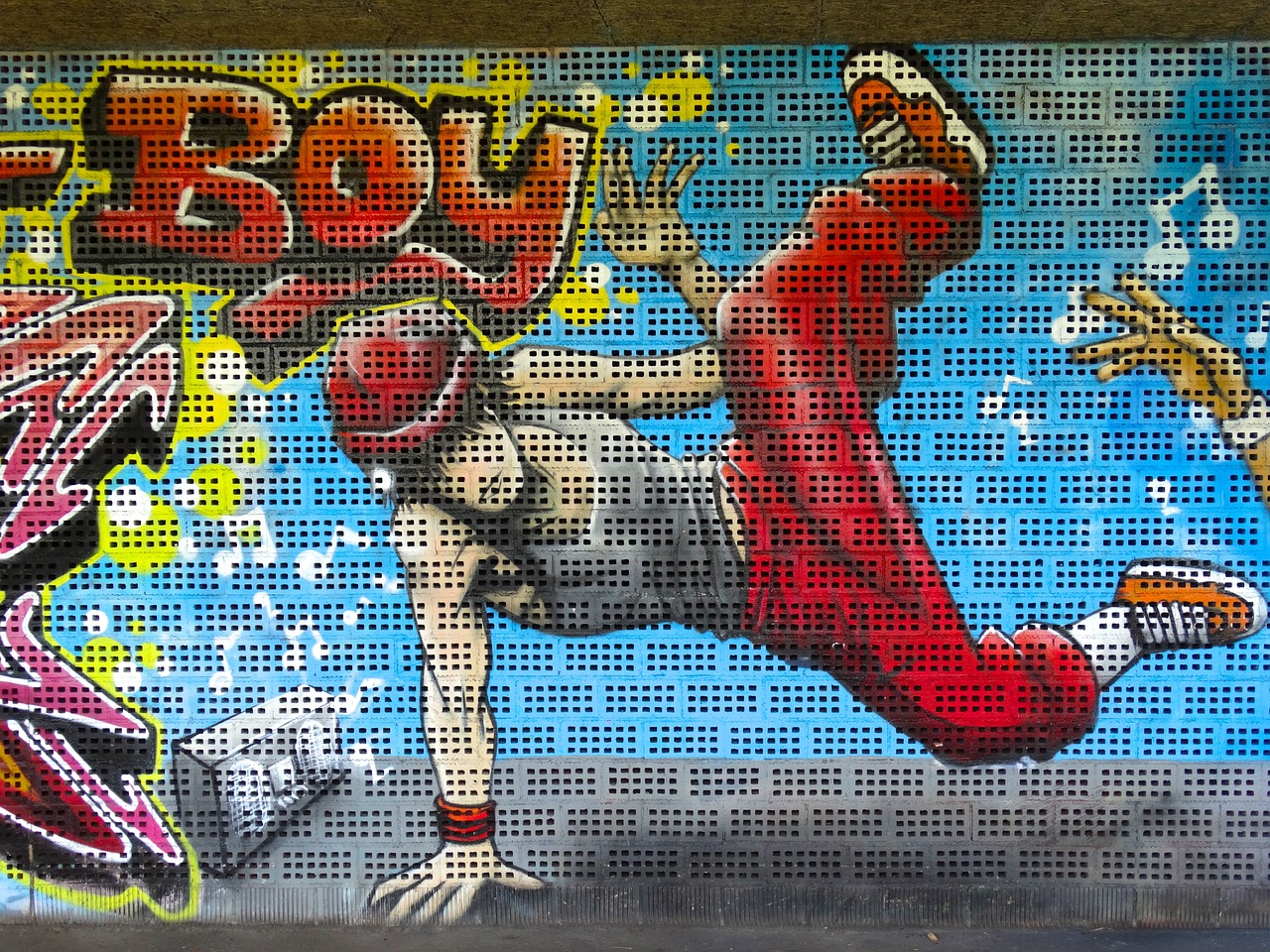

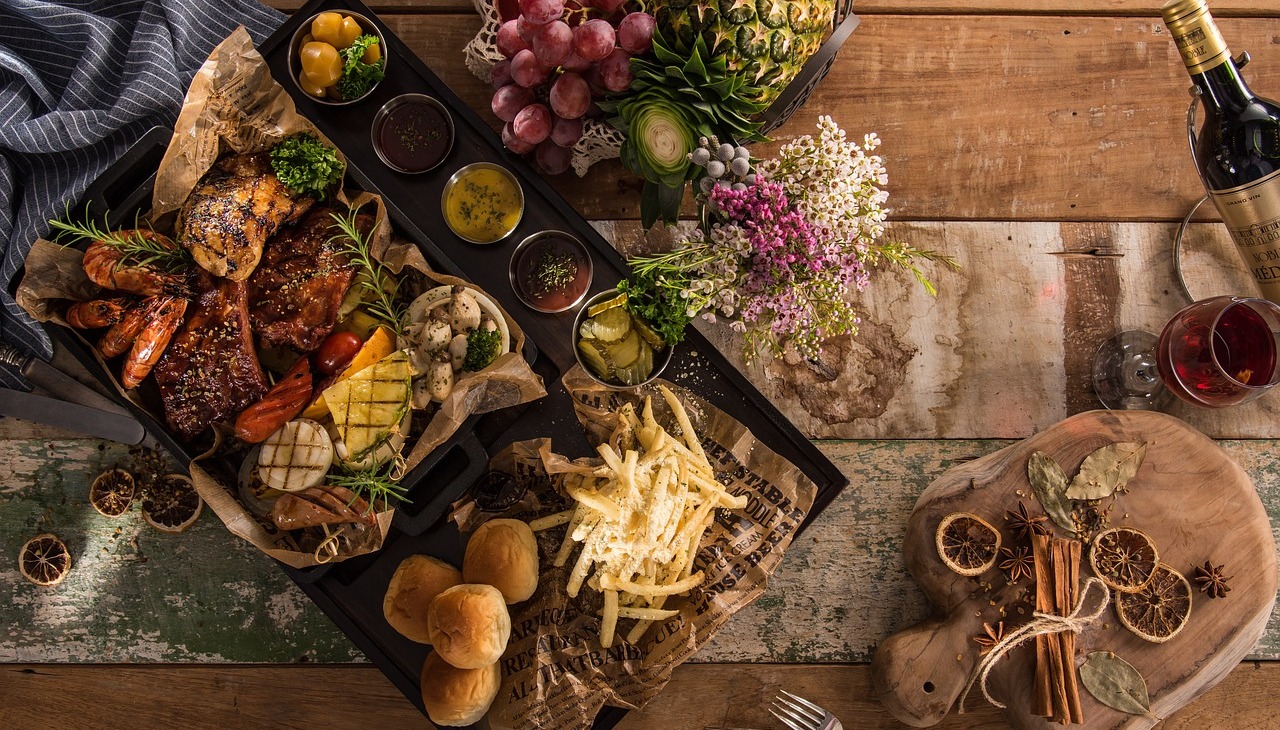
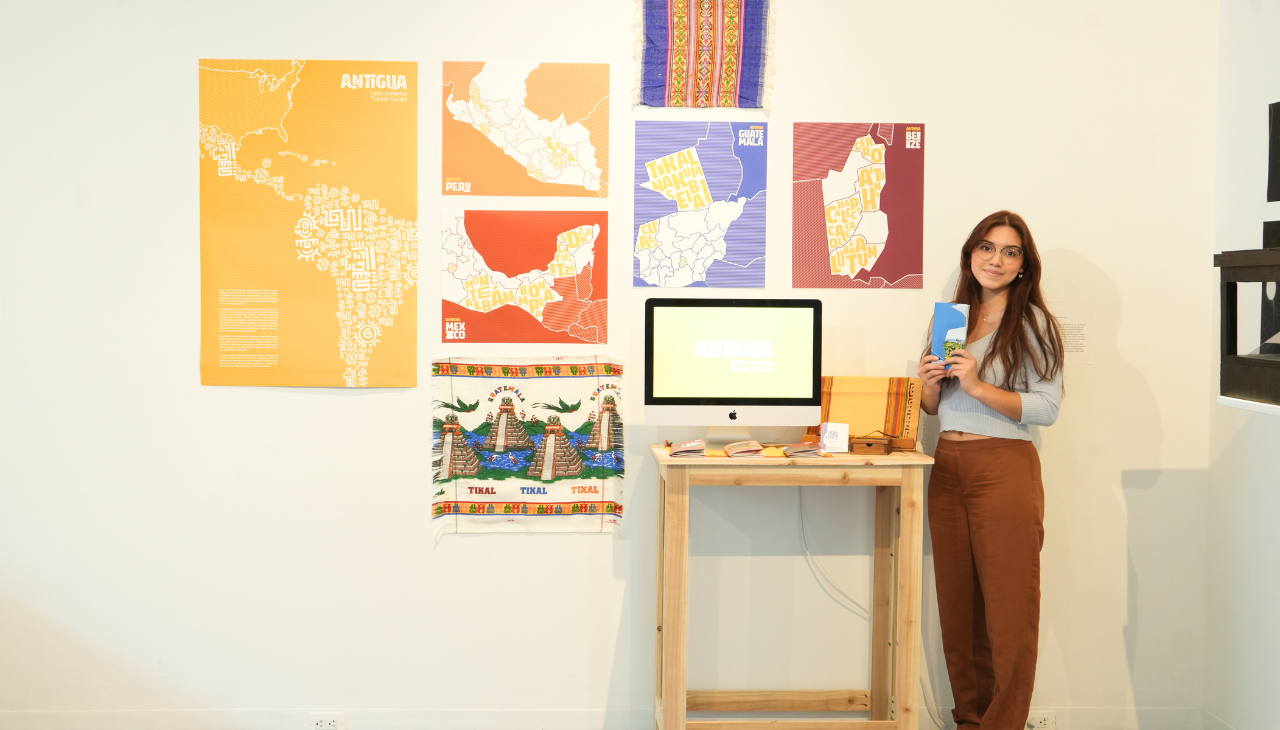


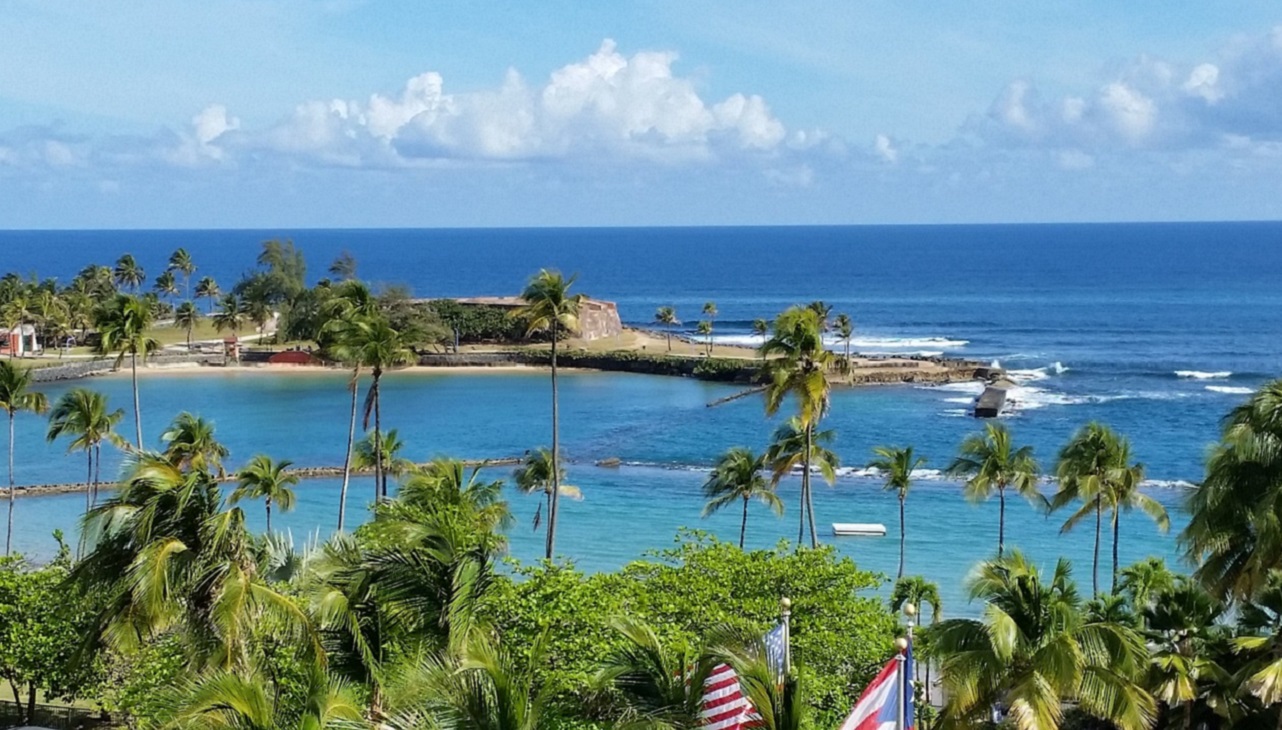
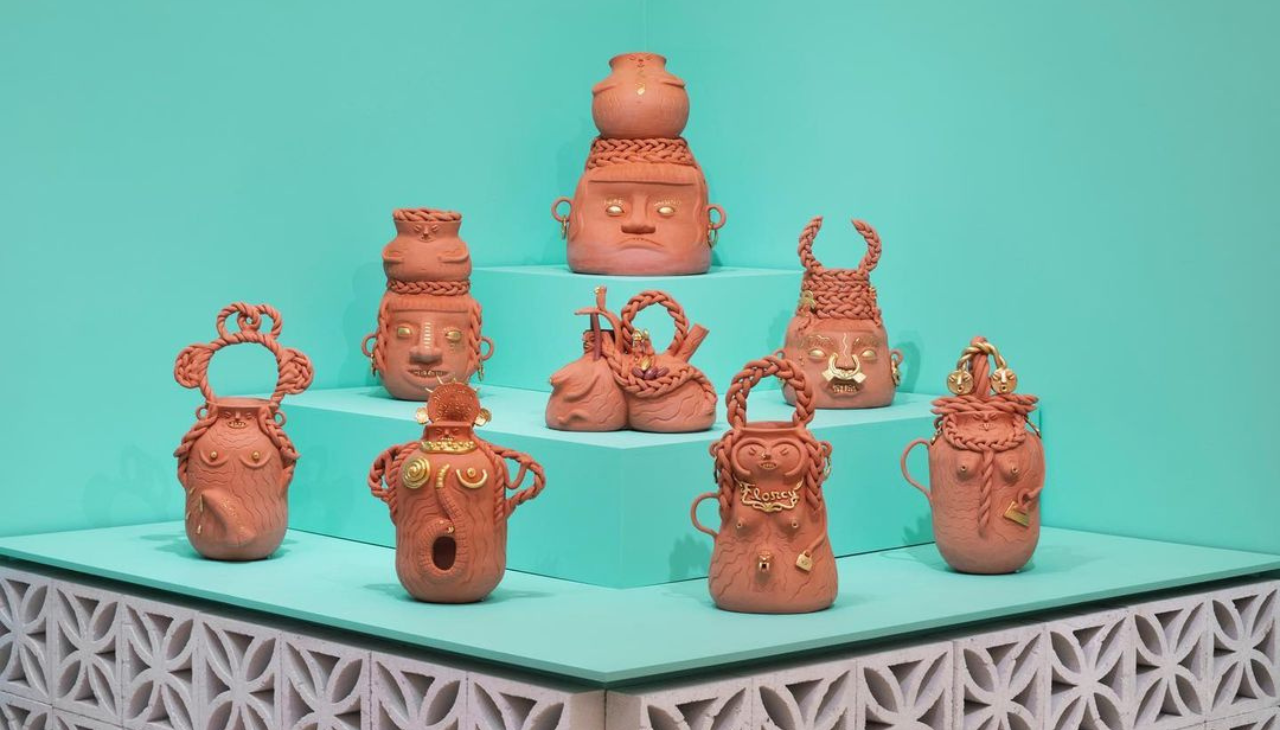

LEAVE A COMMENT:
Join the discussion! Leave a comment.